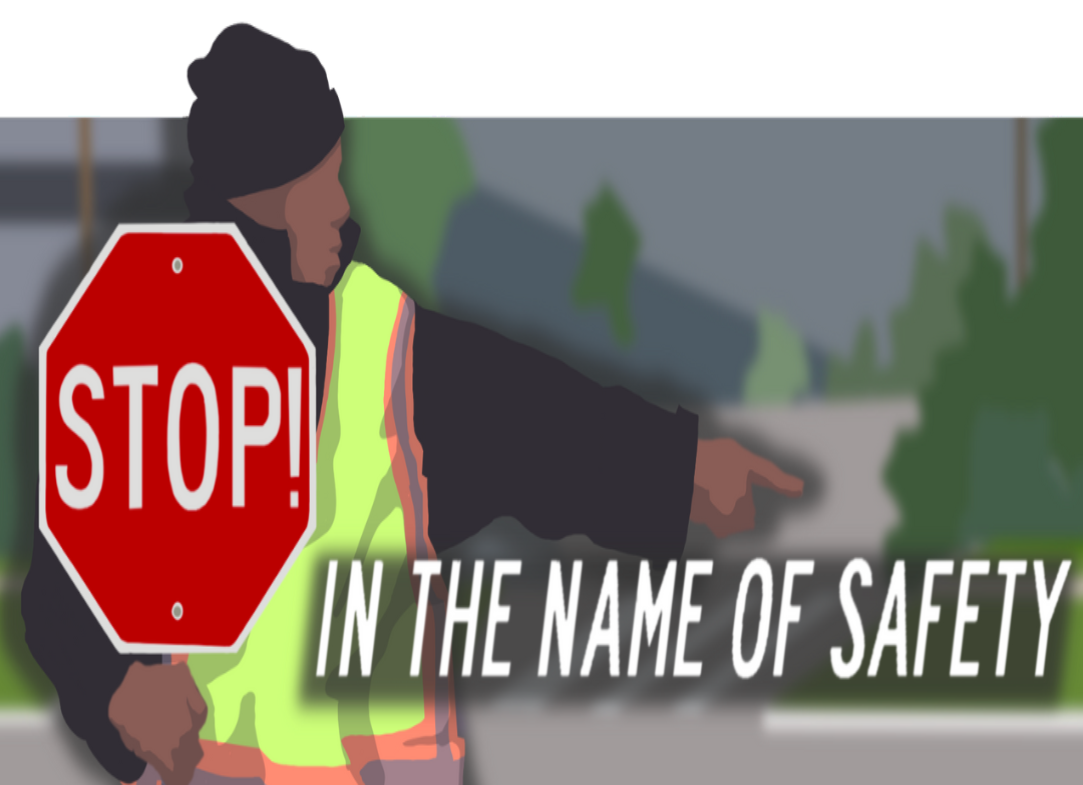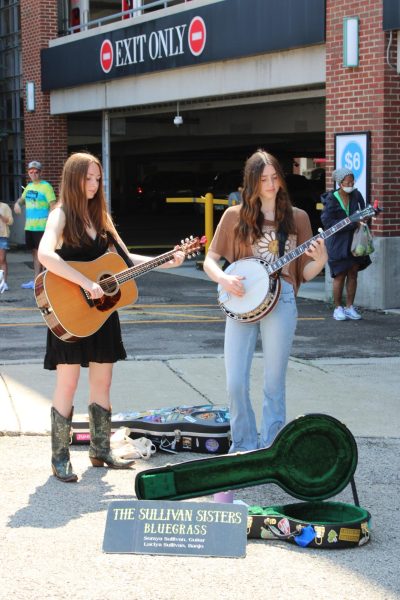Evanston Animal Shelter volunteers work to help cats and dogs
January 9, 2018
Bark! Woof! Meow!
These are the calls that surround Evanston Animal Shelter volunteers the moment they walk through the door, seeing dogs and cats everywhere from the backyard to the bathroom.
The Evanston Animal Shelter, which has been open since 2014, has always had the same goal: save as many animals as possible. This means they want to make every stray successful in their new home.
According to www.evanstonanimalshelter.net, the Evanston Animal Shelter is labeled as a “no-kill shelter”, which means they only use euthanization as a last resort, when it is the best option for the animal. Euthanization is necessary at times because animals may be extremely sick or wounded, and keeping the animal alive will do more harm. The shelter is also open-admission, meaning they will not turn away any animal brought to the door.
“Our mission is to take any animal from Evanston that walks through the front door, regardless of health, personality, temperament, and so on. Our mission is to give any animal it’s best chance at it’s best life possible,” Vicky Pasenko, head director of the shelter, explains.
These philosophies make the shelter stand out from the rest and attract Evanston student volunteers. Many shelters don’t have the same way of thinking and use different methods of housing animals. Animals may be kept in cells at the shelter, and if not adopted by a certain deadline, will be euthanized. Evanston, on the other hand, uses foster methods and fundraisers to get dogs and cats the attention they deserve.
Junior Christon Ford, one of the ETHS volunteers, finds the shelter to be a very welcoming environment and loves their philosophy.
“What I like most about [the Evanston Animal Shelter] is genuine desire to have every animal adopted and I feel that in everyone volunteering there. People there truly have a passion for animals and aren’t just there for volunteer hours. Even though I haven’t volunteered for very long, I can still see how special this place is,” Ford says.
Housing as many animals as they do, the shelter could always use more volunteers to help out. In order to volunteer you must be at least 16 and go to a training session. Then, you will need to sign up for a regular three hour shift for a six month period.
The shelter also has different classifications of difficulty for working with animals. Cats with a green wristband are easy to handle, but a yellow, orange or red wristband means that further certification is needed. Working with dogs has multiple levels as well, going from the beginner level up to advanced level. Pasenko encourages Evanston students to volunteer at the shelter.
“We are excited to have students come… We love having student volunteers. They are really enthusiastic and we like having them around,” Pasenko says.
By visiting the Evanston Animal Shelter and adopting, people know that they’re not only helping the animal, but also supporting a great organization. Trying to give every animal a home is what is attracting ETHS students; the shelter works for the animals, not themselves, which is what makes the shelter so unique.
For additional information, go to www.evanstonanimalshelter.net.
How to Adopt an Animal from the Evanston Animal Shelter!
- Visit during Adoption Hours
Weekdays, except Thursday- 6 pm to 8 pm
Weekends- 12 pm to 3.:30 pm
- Fill out an adoption questionnaire online at evanstoniananimalshelter.net!
- Meet with an adoption counselor at the shelter
They will introduce you to different animals and let you spend time getting to know them.
- Bring your new family member home!
Sign an adoption contract
Pay a fee of $225 for dogs and a pair of cats/kittens or $150 for cats


















